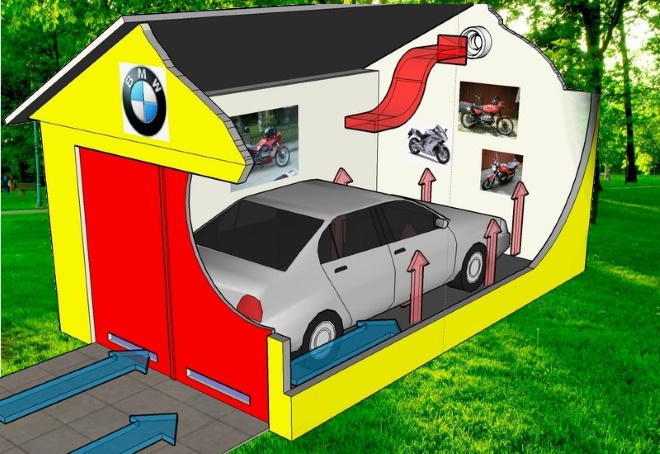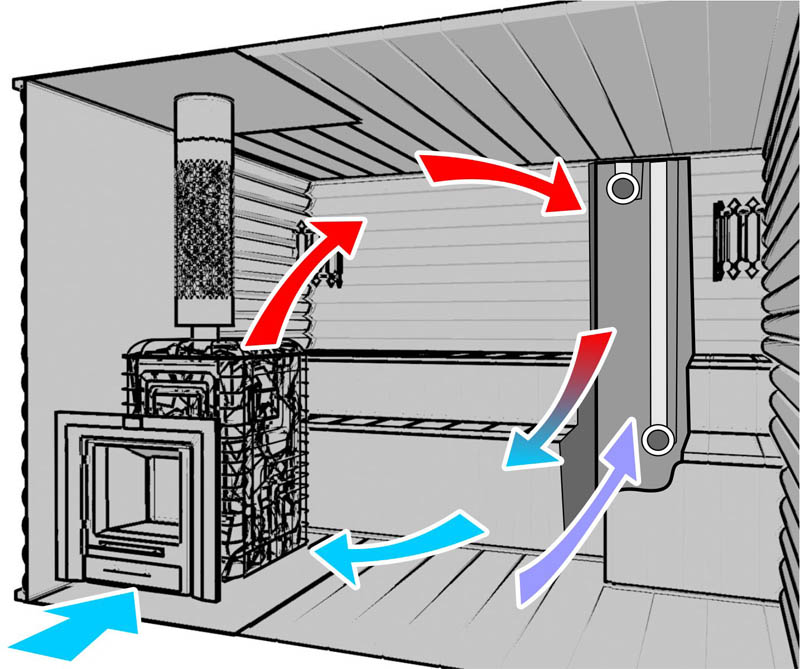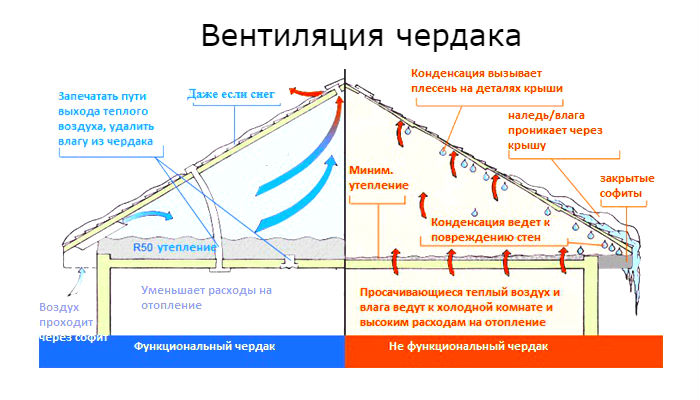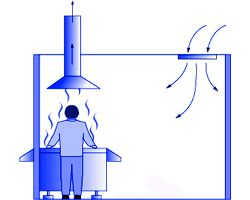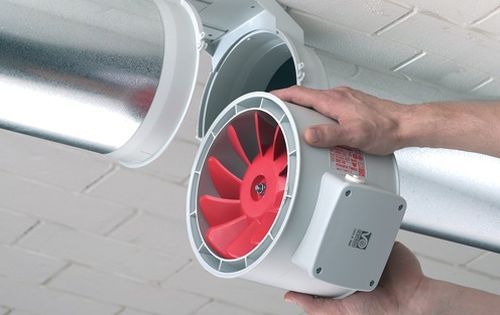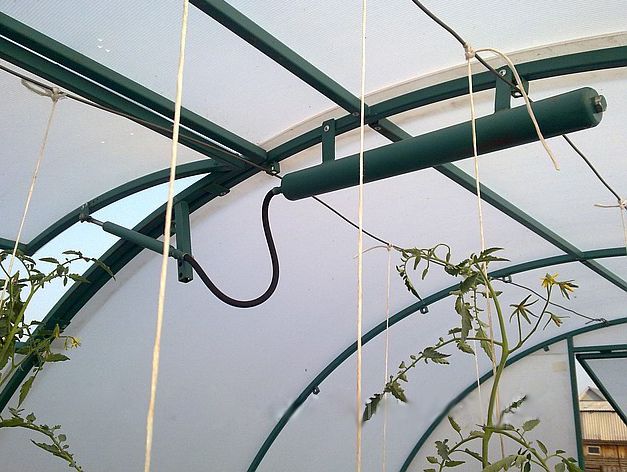A cellar made correctly with your own hands will provide a "long life" for the products that the owners store in it. A key element for long-term storage is good ventilation.
In the absence of the necessary air exchange, the room will quickly become damp and become unusable, right up to the need for a complete reconstruction. That is why there is no need to try to save unnecessarily during construction. You should carefully read the rules for creating underground ventilation in advance.
Correct air exchange diagram
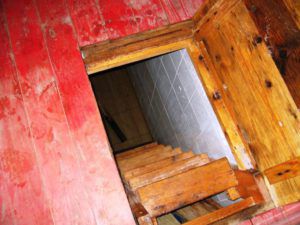
High-quality ventilation in a garage with a basement will protect you from a whole range of unpleasant moments. If a reliable air exchange system is not provided at the construction stage, moisture will condense in the basement, which can ultimately lead to disastrous consequences. High humidity is the reason for the appearance of mold, rotting vegetables and an unpleasant odor.
In winter, the temperature in the cellar becomes higher than in the garage itself, as the earth gradually heats up the air. As a result, the air mass begins to move upward, moisture appears in the garage, which leads to corrosion on the metal elements of cars and other things in the garage. To avoid this, the installation of ventilation should be carried out, adhering to all norms and rules.
If there is no ventilation under the garage, then the products stored in it will be exposed to various toxins due to the operation of automobile engines, chemical solutions and other toxic compounds. To minimize the effects of these poisons, the air, in addition to being removed from the vegetable pit, must also flow inside. Installing a supply and exhaust system will help with the solution of this problem.
Such a cycle of air can occur both for natural reasons (warm air is lighter than cold air), and with the help of fans. The top of the pipe is located above the garage.
Which hood to install?
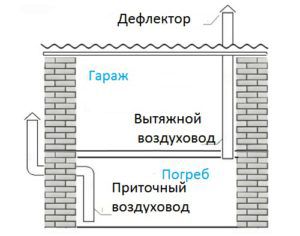
All negative factors can be easily eliminated with your own hands if you install the ventilation system. Fresh air will be supplied through the supply pipe so that the food also remains fresh. And to remove excess moisture and purify the air from toxins, an exhaust pipe will serve. As a result of using this scheme, the air in the basement will circulate freely, maintaining a normal level of humidity.
So, the best air exchange system is a combined one that combines the supply and exhaust pipes. This type of ventilation is done in two different ways:
- natural ventilation. This option assumes the elementary installation of supply and exhaust pipes. As mentioned above, the system works due to the difference in air temperatures inside and outside the cellar. A significant disadvantage of such a system is that in the warm season, the temperature evens out, and the hood stops functioning, and in winter the pipe becomes clogged with snow. Based on the above, this type of ventilation is best done in a small garage, where the owner will regularly clean and insulate the pipes;
- forced air exchange system. This system is based on the operation of fans or other devices. It consists of a pair of pipes, or one flap pipe.
Accessibility is perhaps the main advantage of a natural air exchange device.If you have a large garage that can accommodate large vehicles, you should give preference to forced draft.
Installation of natural extraction
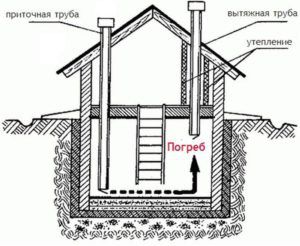
Natural ventilation of a garage with a basement is easy to install: a ventilation duct 1 brick wide must be laid in the brickwork. You can also make it from concrete blocks. Despite its simplicity, this method is time-tested and has proven itself well. During installation, it is imperative to protect the pipes with a metal mesh to prevent small animals, insects and debris from entering them.
As stated earlier, natural extract consists of:
- a supply pipe that provides cold air;
- a chimney that produces exhaust air.
For effective air exchange, the supply pipe should end at a distance of about 40 cm from the floor. The end of the chimney must be under the ceiling. The pipes themselves are made of tin, asbestos cement and other materials.
You can make a natural ventilation system with your own hands if you adhere to the following scheme:
- The first step is to fix the chimney so that one end is about two meters away from the floor. In this case, the outer end should rise 30-40 cm above the highest point of the garage roof. The ventilation duct must be additionally insulated if it is located on the back wall of the garage.
- In the opposite side, the supply pipe is fixed, it is led out by about 25 cm.
- Upon completion of the installation, it is necessary to check the air draft and close the outlet with a metal mesh.
To control ventilation, it is necessary to install dampers, with the help of which it will be possible to change the intensity of air movement in the cold season. This is to protect the food from freezing.
As a cheap alternative to the supply pipe, a hole can be made from the bottom of the garage wall and covered with the same metal mesh.
We make a forced exhaust system with our own hands
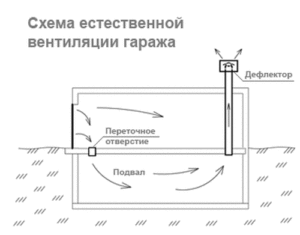
This type of device involves the installation of a fan system in the basement. It is mounted quite simply. The main advantage of such a system is high performance at any time of the year.
The scheme of the forced ventilation device is in many respects identical to the natural one: pipes are fixed in the same way, then a fan is installed in them. With its help, the supply of fresh air is carried out at any required time. It should also be said that the hood is created in other ways:
- a good result will be shown by diffuser-weather vane, working thanks to the wind pressure. They are installed at the top of the supply pipe;
- installation of ventilation deflectors in the cellar can also be an effective option. They are installed at the end of the chimney;
- The simplest option is to install an electric light bulb in the exhaust pipe. When it is turned on, an ascending stream of warm air is created, due to which cool air begins to flow into the cellar;
- monoblock ventilation unit can be called the most technologically advanced. This option is considered the best, but at the same time it has a high cost and additional costs for electricity.
Regardless of which exhaust system the owner of the garage decides to make, it should be remembered that a well-installed cellar ventilation system is a guarantee of a long life not only for the products, but for the entire building as a whole.

